Last month, the British government’s Competition and Markets Authority (CMA) announced that it was investigating the long-term exclusive deals between EV charging point provider Electric Highway (recently sold by Ecotricity to Gridserve) and motorway service station operators Extra, Moto and Roadchef.
When you exclude Tesla’s Supercharger network, Electric Highway accounts for 80% of all motorway service station charging points in the UK, and the CMA’s concern is that the lack of competition could mean less provision, less choice and higher prices over the coming years.
With new petrol and diesel vehicles set to be banned from sale in 2030 and hybrids due to suffer the same fate five years later, questions are being raised over the readiness of the UK’s charging network to support the mass switchover.
A few years ago, National Grid estimated there could be 11 million EVs on our roads by 2030 and 36 million by 2040.
The RAC estimates that already some 239,000 are in use, yet there are just 25,000 publicly accessible charging points available. The CMA anticipates that there will need to be between 280,000 and 480,000 devices in operation by 2030.
The government body has its own suggestions for improving the network, all of which centre on the idea that charging an EV “should be as simple as filling up with petrol and diesel”. These are:
Charging points should be easy to find
Knowing the location of a nearby charging device or station is worthless if you arrive to find every charger in use or not working. The goto online charger locator for many EV drivers is Zap-Map. It claims to have logged more than 95% of the UK’s public chargers, but only 70% supply their ‘live status’, so there’s a decent chance you won’t be able to use your chosen device on arrival, significantly hindering accessibility.

It should be simple and quick to pay for charging
In July 2019, the government declared that it was “prepared to intervene” if charger providers didn’t start making contactless card payment more widely available.
Some responded by retrofitting existing chargers to make ad hoc use possible without dedicated phone apps or membership (RFID) cards, but this still isn’t mandatory, and providers are under no obligation to give users their best-value prices without making them first sign up for a membership or subscription.
The CMA said of the difficult payment situation: “As we’ve seen in other markets, if it becomes complex or confusing, this damages people’s trust, which isn’t only a concern in itself but also a barrier to EV take-up.”
It recommended that charger providers shouldn’t require users to ‘sign up’ to use their devices, thus facilitating and accelerating the charging process.
Charging costs must be clear
When drivers plug in their cars, it should be obvious how much they will have to pay, regardless of whether costs are calculated per charge, per minute or per unit of electricity consumed.
This ties into the pressing need to educate the public on how EVs work: promoting the concept of kilowatt-hours (kWh) as a standard unit of measurement, comparable to litres for petrol and diesel.
Every charger should be compatible with every EV

With public chargers today delivering anything from an overnight trickle to a rapid 350kW, a degree of specific knowledge is required when approaching one. Journey planning is possible only if drivers are aware of how long devices will take to charge their cars.
This variety introduces another concern: having the right plug or adapter. Mainstream car makers have in Europe now all coalesced around a combination of the Type 2 and CCS connections, minimising the risk of you being caught out. However, Chademo devices will remain in operation for some time to cater to popular models including the Nissan Leaf, Mitsubishi Outlander PHEV and LEVC TX taxi.
Trust is key
The CMA says that there’s a “postcode lottery” for public charging provision in the UK. The UK has 34 chargers for every 100,000 people, but the average swings wildly from region to region. In London, the figure is 80, but the north-west, Yorkshire and the Humber and the West Midlands manage just 20, 21 and 22 respectively. In Northern Ireland, it is 17.
To tackle this disparity, the CMA has called for greater government support for local authorities and advocated making the £950 million Rapid Charging Fund – which is earmarked for upgrading the grid at motorway service stations – conditional on allowing charger providers to compete with each other.
“The challenges with creating an entirely new charging network shouldn’t be underestimated,” said CMA chief Andrea Coscelli.
“Our recommendations will promote strong competition, encourage more investment and build people’s trust.”
Trust underpins the CMA’s manifesto. It believes that a public body should monitor its sector, serving as a regulator that could insist on regular maintenance and uphold minimum standards nationwide.
The CMA has committed to working with the government and the charging industry to “ensure a healthy charging sector develops” and says that plans and measures imposed in the sector must be “flexible and responsive”.
READ MORE
How to charge your electric car at home
Shell to install 800 EV chargers at Waitrose shops by 2025
Europe’s most powerful EV charging hub to open in Oxford this year

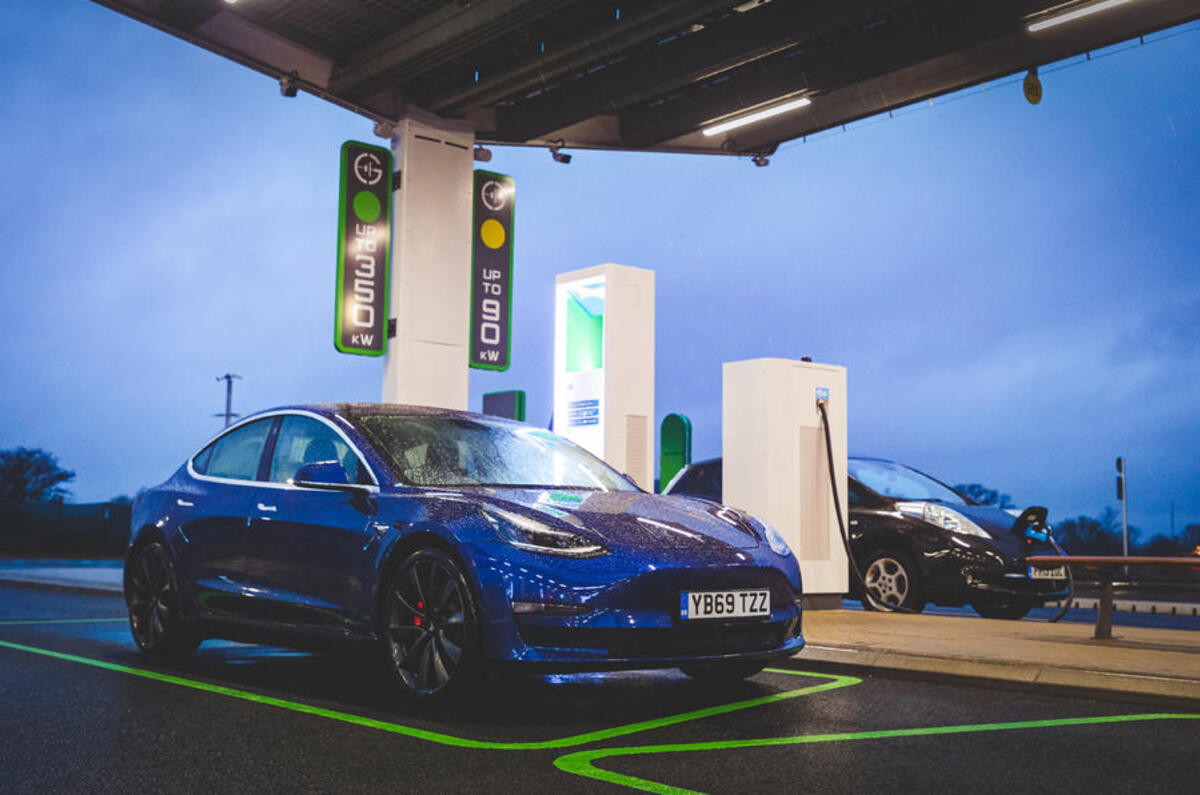
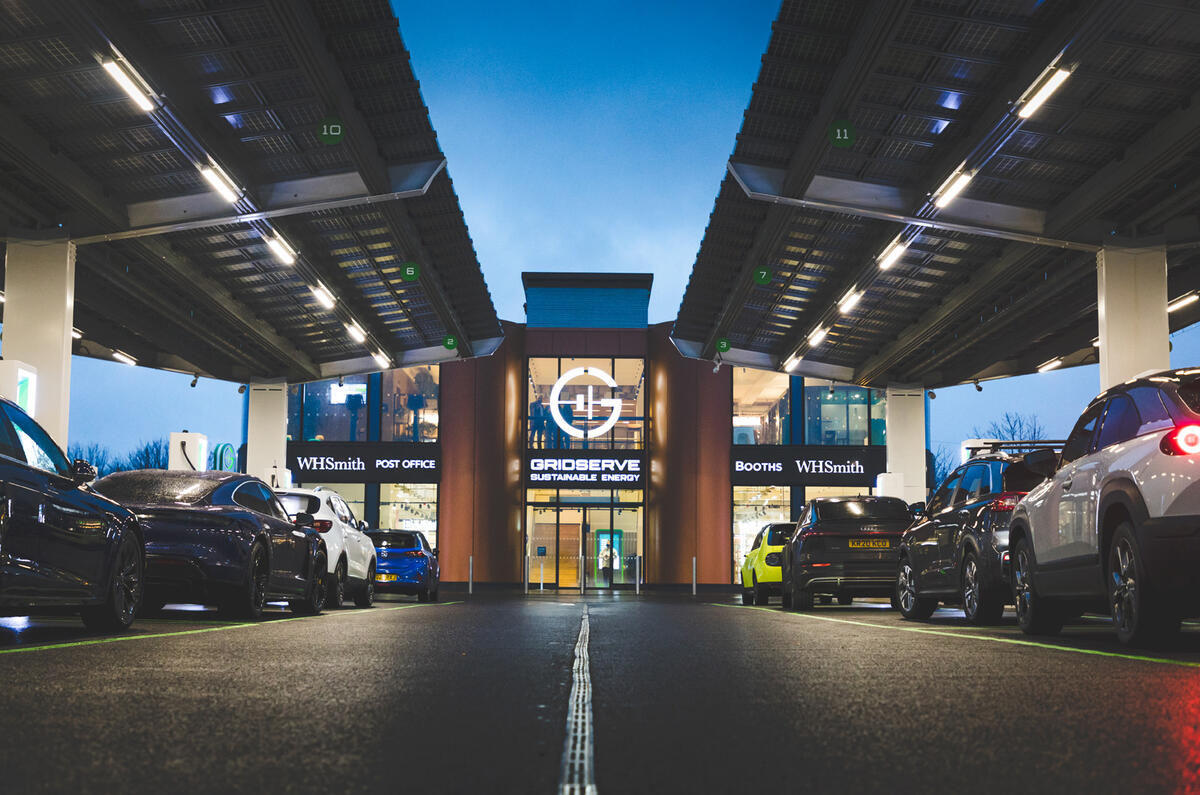
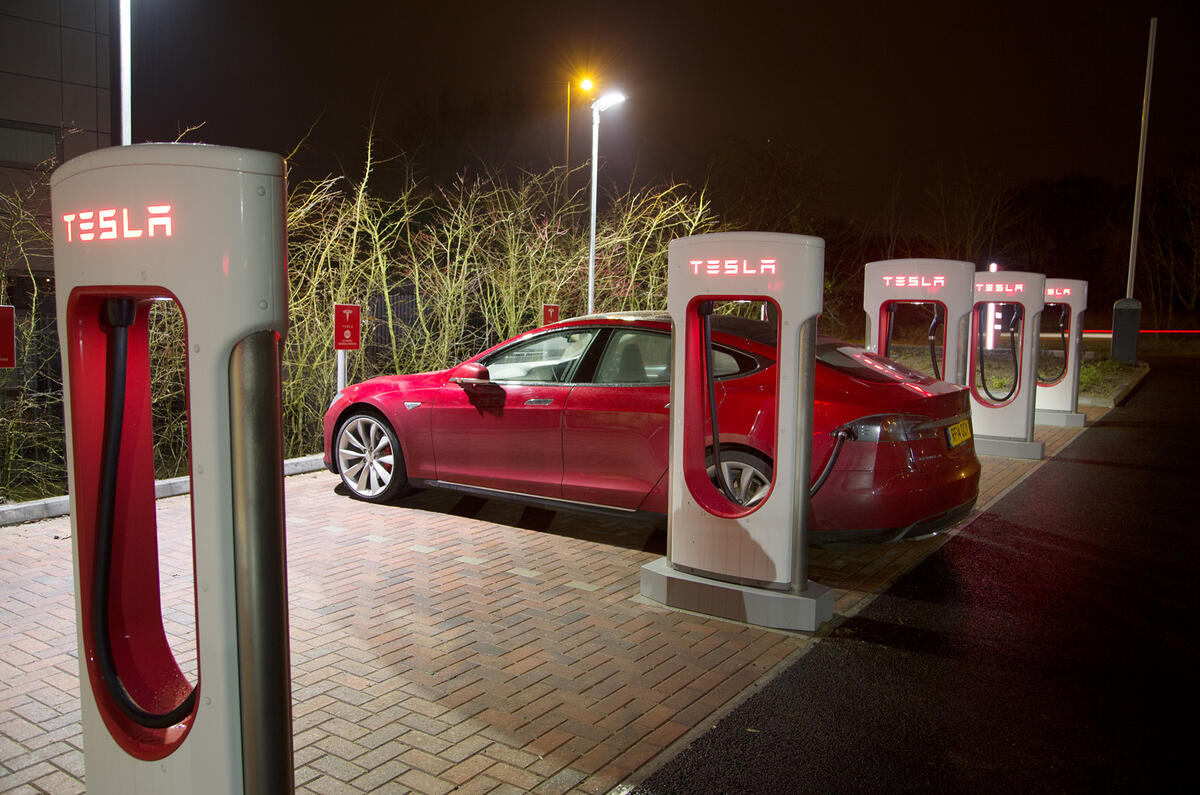
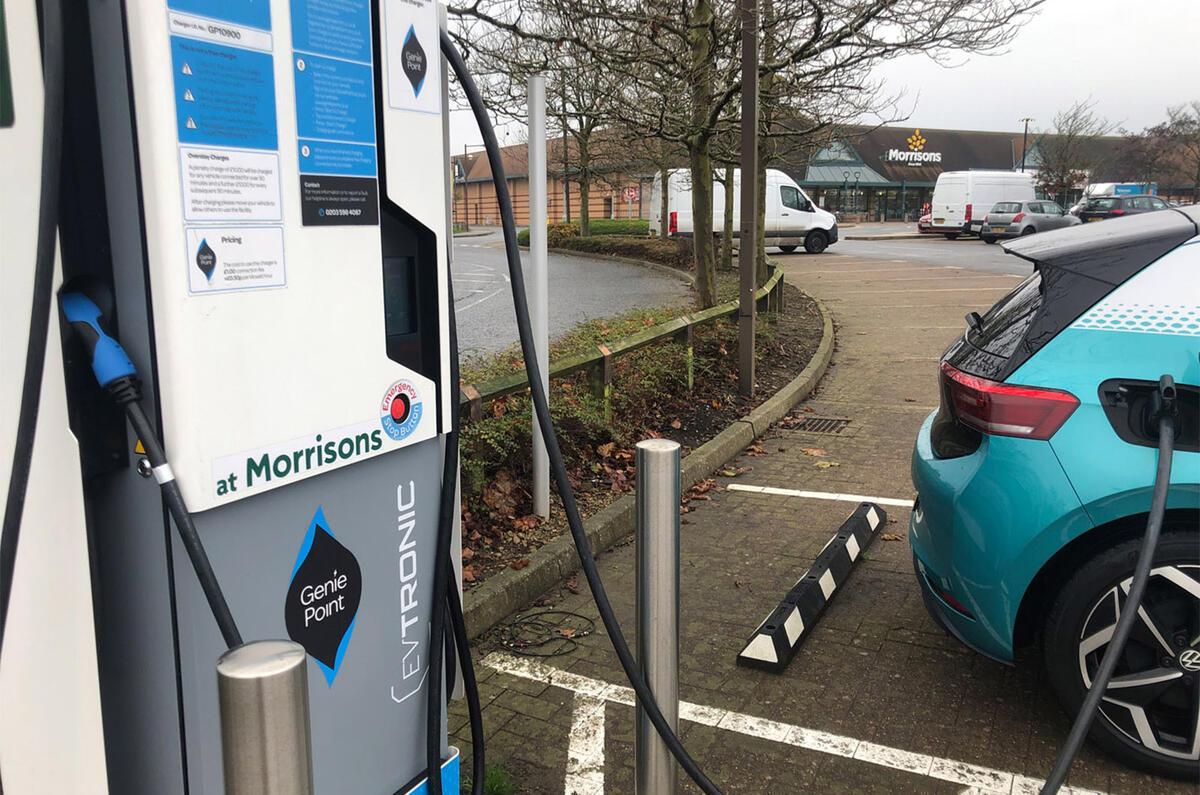
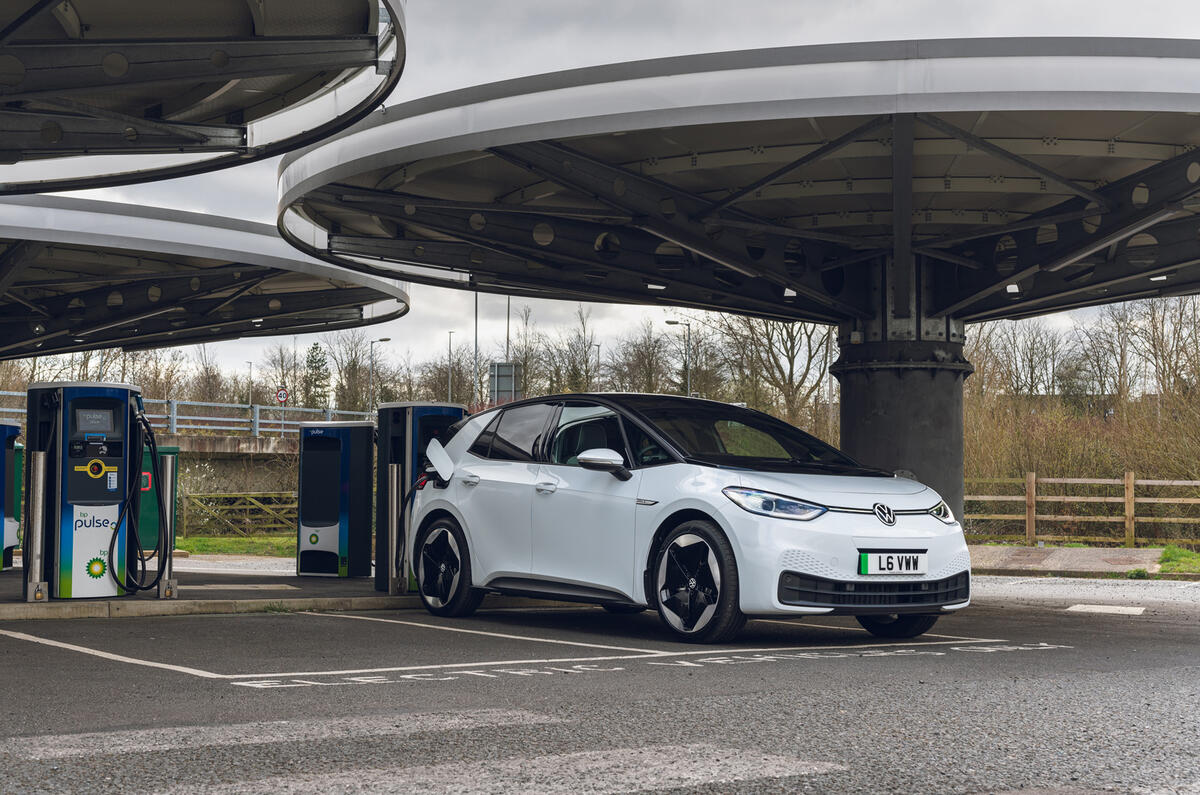
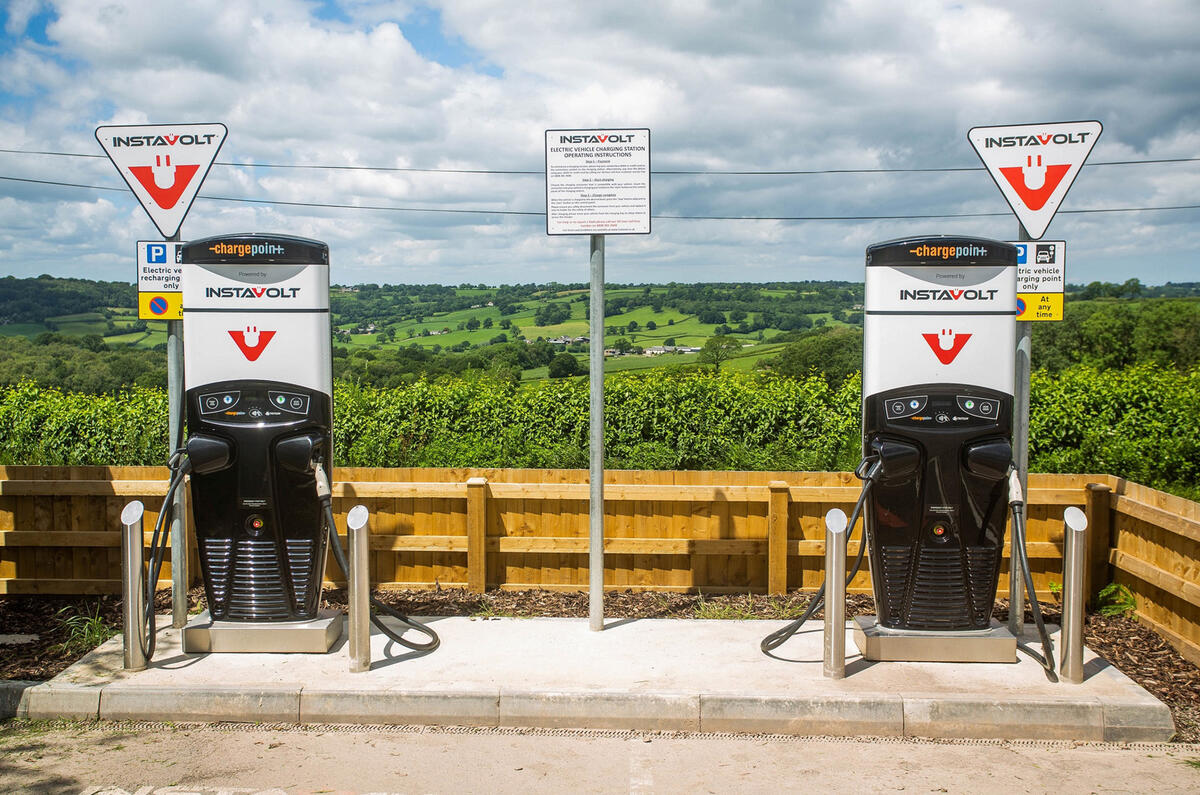
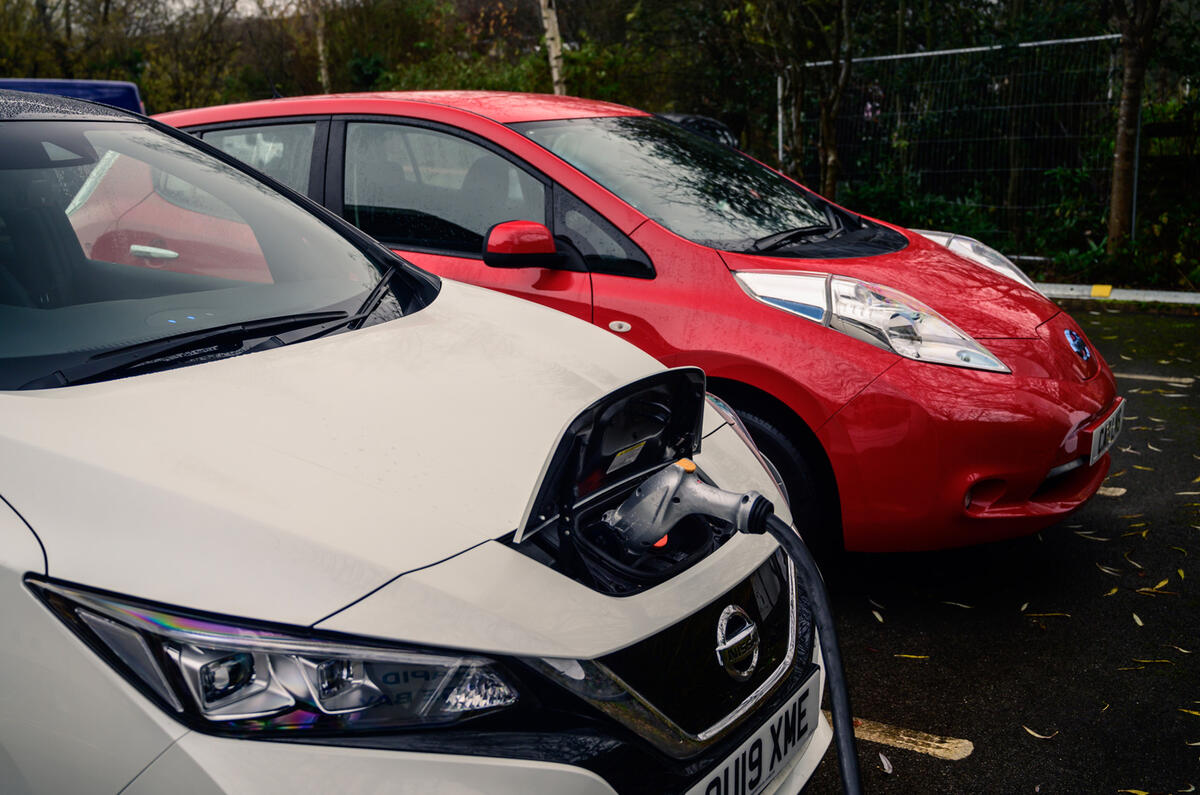

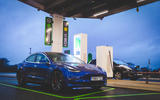

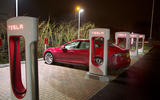
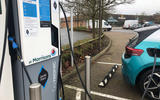
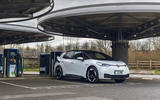
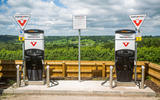
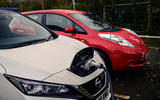
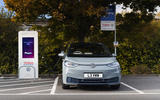


Join the debate
Add your comment
You really couldn't make this up. Have they not learned by now that when you provide an essential service, competition simply doesn't work?
Deregulation has been a disaster so if you ever meet him, tell Sid. ( How many of you still own shares? )
If you want to be fair, if you want to set attractive prices to encourage Joe Public to change, gov must control the network. No use placing it in the hands of shareholders as their only aim is profit.
Charging should be as simple as filling up with petrol - pull in, insert and authenticate your card, plug in, wait until it's filled as much as you need, unplug and drive off. No registration/app/membership nonsense, charged at a single flat rate per kWh with the price on a big digital sign at the entrance, no compatibility issues, and at least 6-8 chargers at even the smallest site with most in working order. The maximum supported charging power is the main difference from a fuel pump, but this should also be prominently displayed on the charger.
We could have a 1:1 distribution of EVs:chargers, and it would still be a mess if each site still only had 1-2 units. You can't *depend* on getting a charge at these sites. And it's this that makes the Tesla Superchargers so much better the public network: there are always large numbers of units on every site, so you can always depend on getting a charge there.
This is something the government can step in and resolve with zero public spending. Mandate that all public charging sites must have a minimum number of functional units. It may mean that some more constrained sites have to close, but it will make everything else vastly more dependable. It's a trade-off that the network *needs*.